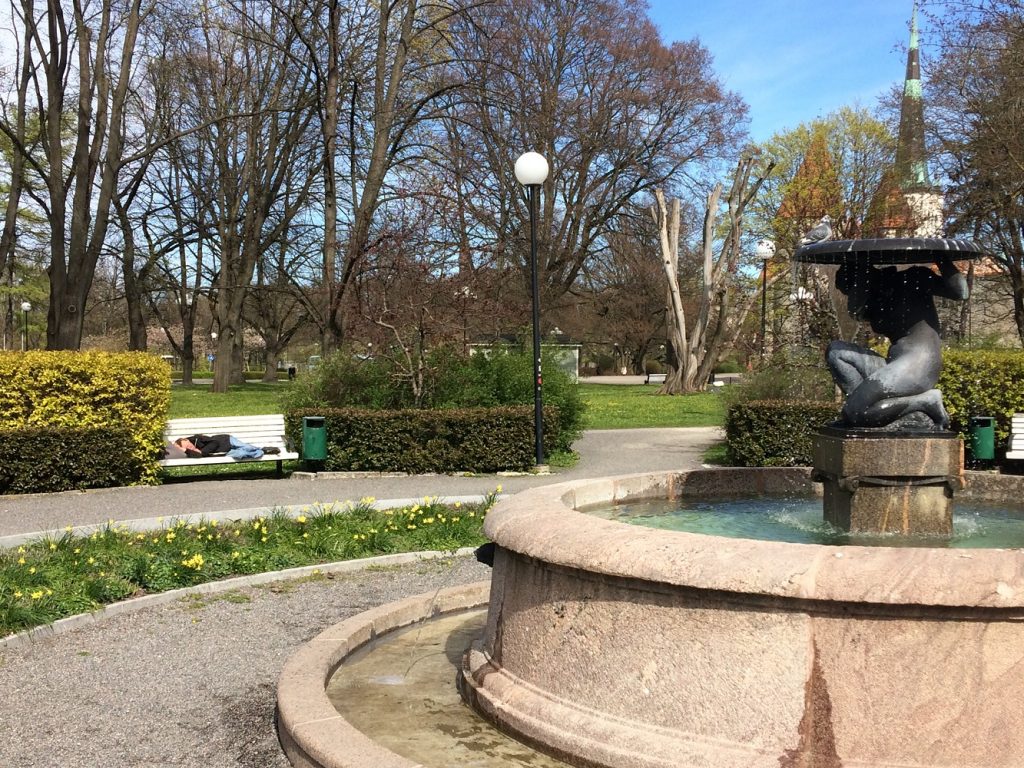According to a study conducted by the crisis sociology team of the University of Tartu Institute of Social Studies, living at home – compared with living at a rehabilitation centre, for example – may not offer protection from psychological emergency during a pandemic.
In the research, representatives of Estonian care facilities and nearly 60 clients of homeless shelters, soup kitchens and rehabilitation centres were interviewed to find out about their experiences during the coronavirus pandemic.
The results of the survey revealed that, compared with normal population, the most vulnerable and most disadvantaged individuals in society experienced, on average, more psychological problems, stress and depression symptoms caused by the pandemic.
“However, like in the general community, also the deprived and marginalised people have coped quite differently,” Kati Orru, the head of the crisis sociology research group, said in a statement.

Three groups were distinguished in the study: home-living clients of care organisations, people in rehabilitation centres and people living in the streets or in temporary shelters.
“It turned out that domestic walls do not offer the best protection from the psychological impact of the pandemic. Compared with the people who live in the streets or in rehabilitation centres, the people who live at home are more scared and stressed about the situation,” Orru added.
People who trust the government apply protective measures more likely
Interviews conducted with employees of relief organisations reveal that homeless shelters, soup kitchens and rehabilitation facilities have been tough and have, despite restrictions, managed to offer help to many people, although the number of those in need has multiplied during the corona situation.
“They were, however, disturbed by the lack of local government support at the beginning of the crisis, and by the lack of crisis plans and guidelines for their organisations. They also believe the stigmatisation of homeless people has increased,” she noted.

The survey also showed that disadvantaged people who trust government agencies and the information supplied by the government are more likely to apply protective measures and avoid contacts, whereas people who live in the streets have clearly lower risk awareness and less trust in information from official sources, and they are also less likely to protect themselves.
The most important source of information among all the groups in the survey was television; and TV watchers also trust national information channels more than those who use social media as their main source of information.
The University of Tartu crisis sociology research group will conduct studies based on the same methodology in 14 more countries.
Cover: An elderly and lonely Estonian woman with her cat. The image is illustrative. Photo by Birgit Püve.

